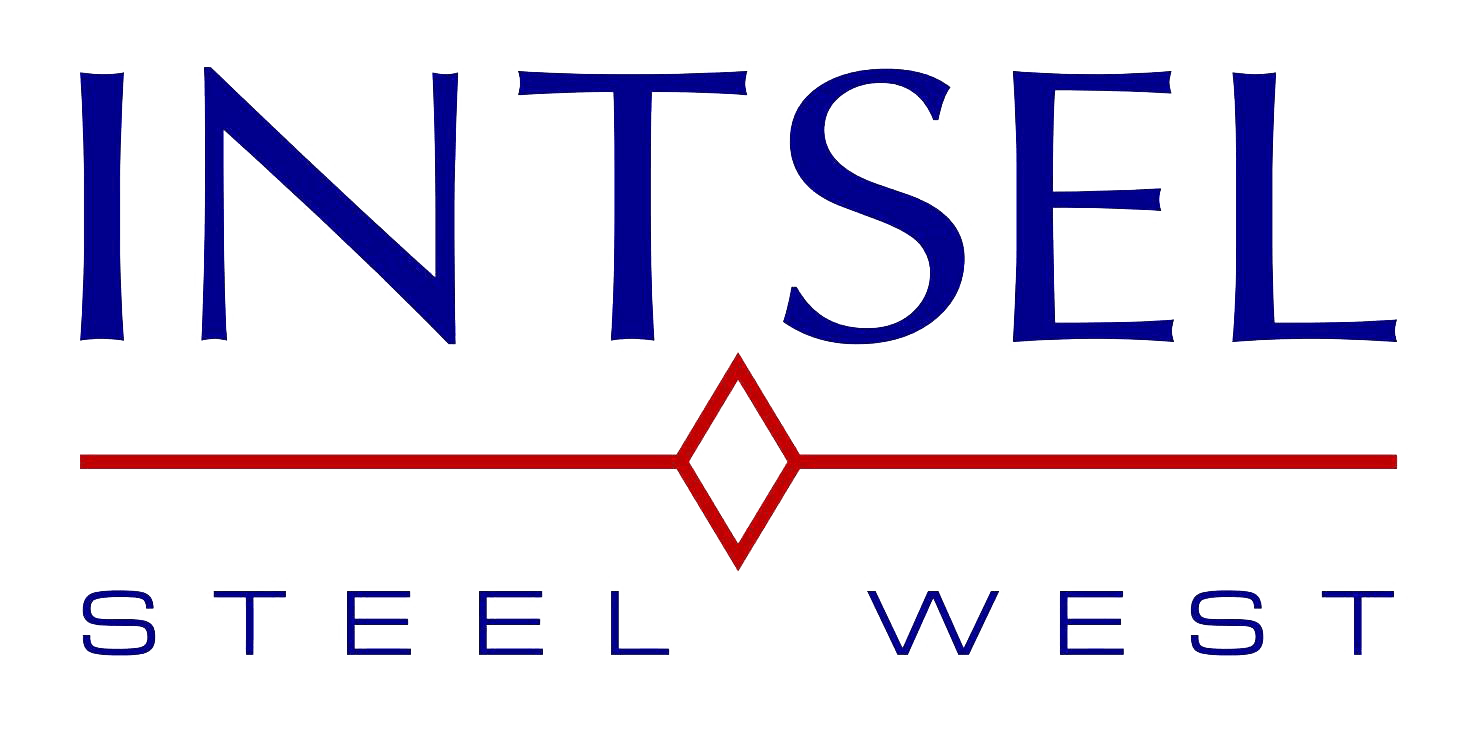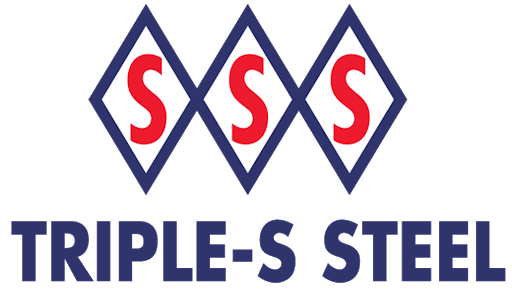



Electric Resistance Welding (ERW) pipes are used worldwide and across almost every industry. Whether you’re working in engineering, agriculture, or even the commercial space, you’ve probably worked with ERW pipes. With the US alone looking at spending more than $170 Billion on piping by 2026, it’s no surprise that it’s essential to understand as much as you can about this industry. However, when it comes to choosing the correct ERW pipe sizes, things become a little more complicated. How do you know which pipe to select?
Keep reading for a breakdown of the sizes you can expect to see, as well as tips on how to choose correctly.
We typically see ERW pipes used in low or medium-pressure applications. This may include moving liquids like water or oil, or even gas.
When making ERW pipes, steel sheets are rolled and then welded along their length. This makes them far more cost-effective than seamless pipes, as they do not need to use the same complex manufacturing process. Industries such as automotive, agriculture, and telecoms have started to use more ERW piping over the last few years. As a result, the market and manufacturing capability have increased drastically.
Before we delve into the ERW pipe sizes list, it’s important to understand some of the other aspects you’ll need to consider. These include finishes and manufacturing considerations that might impact your order.
Attributes like outside diameter, inside diameter, and wall thickness are important when working with ERW piping. Unfortunately, these are not always particularly obvious, so you’ll need to understand how schedules work and what they mean.
When you’re looking at different ERW pipe sizes, you need to understand the difference between the nominal size and the pipe construction. Nominal refers to the reference size of the pipe, but might not tell you anything about the other dimensions. For example, you may want to have a 1-inch pipe. That’s the nominal size. A pipe’s schedule covers the other dimensions you’ll need to know.
A pipe schedule is a number that relates to the thickness of the wall and has an impact on the inside diameter. We use schedules to classify whether a pipe is useful for high or low-pressure scenarios.
Usually, when you’re looking at a pipe schedule chart, you’ll notice that the numbers run upwards. The higher the number, the thicker the wall. The two most common schedules, 40 and 80, have different interior diameters and walls thickness for the same nominal size. For example, if we look at the 1-inch pipe from earlier, a schedule 40 pipe would have a wall thickness of 0.133 inches. A schedule 80 pipe, however, would have a wall thickness of 0.179 inches. That may not seem like much, but it has a definite impact on what you can do with your pipe as well as how much pressure it can handle.
The easiest way to figure out which pipe you’re looking for is to consult a Schedule Chart and measure the pipe yourself. In our example, we measure our pipe with a caliper and see that the outside measurement is 1.050 inches with a wall of 0.113 inches. Using a schedule chart, we can look up this measurement and see that the nominal pipe size is 3/4 inch and that this is a schedule 40 pipe. Note that although Schedule 40 and 80 are the most commonly used, there are schedules going all the way from 5 to 160.
Obviously, wall size has an impact on the application you want to create. The thickness of the wall changes how much internal diameter you have to work with. This, in turn, changes the volume you can push through the pipe.
In some applications, weight needs to be very carefully calculated as well. Fortunately, the schedule chart we looked at earlier typically also provides a baseline weight per foot. The larger the nominal size and the thicker the wall, the heavier the pipe. For example, a 2-inch nominal size at Schedule 40 gives a Weight per foot of 3.653 vs. 5.022 at Schedule 80.
Depending on the situation, you may need to consider the ERW pipe coating carefully. Choosing an ERW pipe coating that’s suitable for your application can be the difference between needing to replace pipes in 5, 10, or 20 years.
For example, the correct exterior coating can give a high resistance to in-ground corrosion and increases the durability of your pipe. Inner coatings can also be used to increase flow capacity or reduce the energy needed to push liquid/gas through the pipe. The right inner coating can even help to deliver a cleaner end-product by ensuring faster and more even flow.
There are several different types of coating that you may find useful. Not all manufacturers offer the same coatings, but the most common are:
Coatings provide a much-needed extra layer of protection and efficiency. Consider carefully, before you order, which coating is right for your application.
There are several common ERW pipe sizes that you will encounter. Many manufacturers provide custom sizes but most of the time, you will encounter a variety of the following:
Standard pipe is useful for a variety of purposes and is the most common. Wall thickness is standard, and so is the pressure rating.
Light wall pipe allows for larger nominal sizes with thinner walls. This can be useful for applications where you require a lower weight per foot or greater volume.
The double extra strong pipe gives a much thicker wall (up to 3x thicker in some cases). This is useful for higher pressure applications.
Now that you understand a little more about what goes into the ERW manufacturing process, it’s time to figure out which pipe to choose. Depending on your application, you may have to choose carefully to avoid failures that will end up costing you money and time.
To start, it’s important to consider the pressure (psi) that you’ll be working with. You can use Barlow’s Formula for this calculation. Once you have calculated the pressure requirements, you’ll need to read up on the pipe specifications to see which will handle your needs. Using the simple formula “Schedule Number = P/S” where P is the pressure in psi and S is the allowable stress (also in psi), you will arrive at the correct schedule pipe to use.
Choosing the right ERW Pipe sizes can be a daunting task, especially if you don’t have all the figures at hand and are just starting your project. However, once you’ve got a concept and are ready to move to the construction phase, it’s a good idea to start talking to experts.
Intsel Steel West produces quality ERW piping and carries a running stock of the most common sizes. Request a quote, and one of our expert sales staff will be happy to assist you in any way we can.